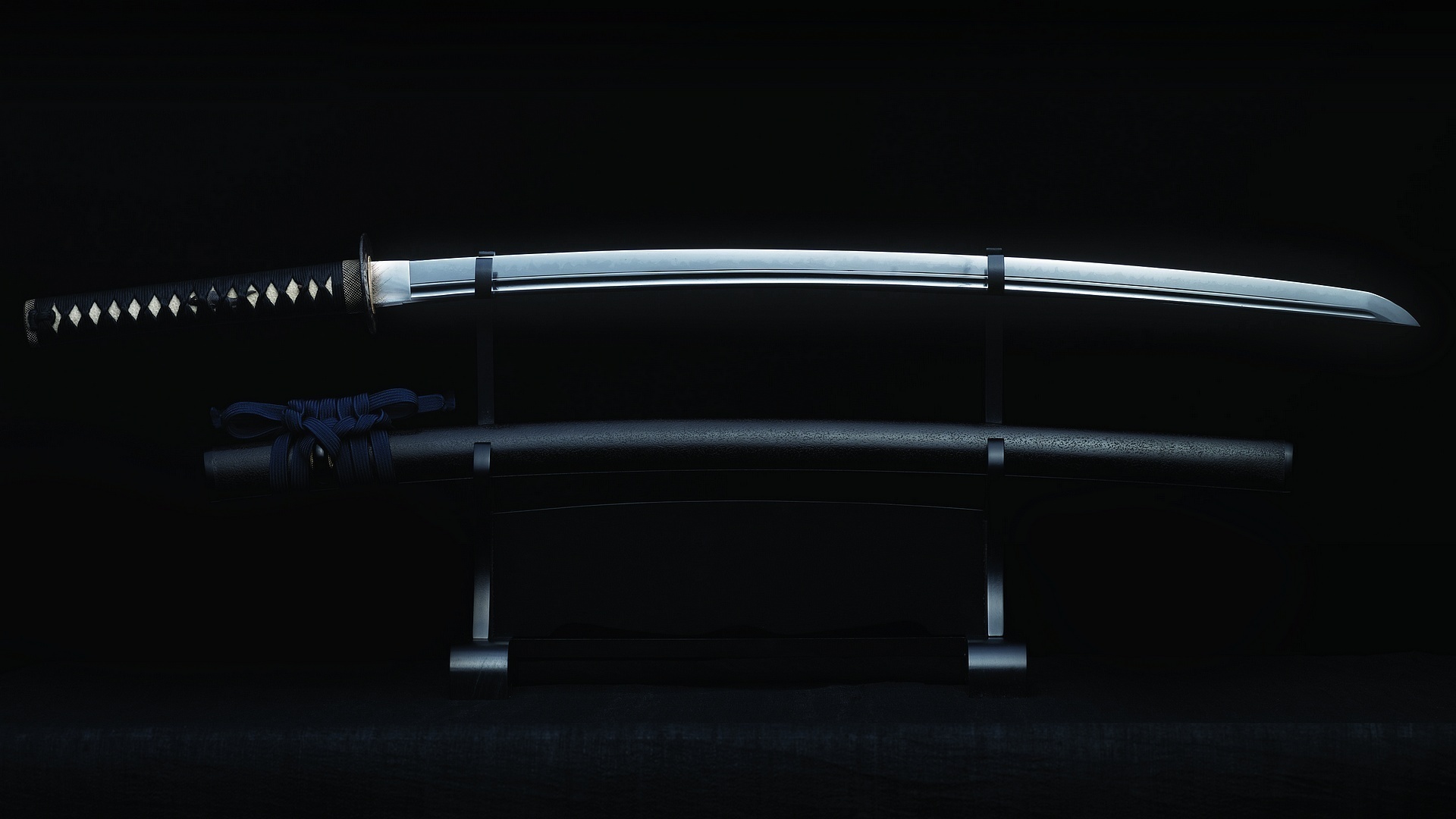The BRAWL² Tournament Challenge has been announced!
It starts May 12, and ends Oct 17. Let's see what you got!
https://polycount.com/discussion/237047/the-brawl²-tournament
It starts May 12, and ends Oct 17. Let's see what you got!
https://polycount.com/discussion/237047/the-brawl²-tournament



Replies
Of course this isn't a perfect example just a quick mock up.
i'm kinda missing your practice here, next time you should try yourself and fail and then let other show you how they would tackle it
Which is literally what you're doing...step 80 specifically...Goodluck
Yea i found that yesterday, but they dont do it correct cause the middle doesnt intersect but it did provide some insight. But i found some good ref and a video on youtube that help tremendously
https://www.youtube.com/watch?v=bPO3Ditr3bg&list=HL1401817203&feature=mh_lolz
Thank for everyone pushing me in the right direction
, big thanks for the help guys. Didnt even think of that technique
You wouldn't, most likely, just bake it in
bingo
above is the kind of shape you want, the ribbon/grip is wound around another ribbon on the other side which creates that distinct diamond pastern, that shape can be described by 3 intersections.
I created the above 3 shapes from splines, started with rectangles with rounded/filleted corners (I do love splines)
Created a rough handle shape and made another rectangle to describe the path of the ribbon.
Converted that rectangle to an editable spline and deleted 3/4 of it so I was just left with a corner, shift+dragged it down and welded the ends.
I also filleted that corner but waited till a little later on to actually do it to make sure it fit snuggly with its mirror image.
Now time to actually make the shape, created a loft with the path and intersections I've already created.
If you're not used to using lofts I can explain but there are lots of videos on the youtubes which explain it in more detail than I could with just text, the most important and often over looked step with lofts is to turn on generate mapping (I usually turn on real world mapping as well) which are pictured in the top right hand corner.
Can't stress how important they are, as with those you can just grab a tilling fabric texture and then use that whilst baking your high poly to extract texture information so much quicker than trying to paint on fabric pattern onto the low poly.
Anyways I opened up the curve editor and fiddled with it to get the twist right (this is when I filleted that path's corner)
created an instance and rotated it around, jiggled it a little to get a nice shape that I was happy with.
Then just made a dozen or so copies and selected them all and applied a bend.
Hope that helps
skyline5gtr: I once saw a guy at zbrushcentral that did a tutorial on this very part of a katana with highend results(it was a fancy sword in that case), i can't remember who it was. Maybe have a go and search over there ?
https://www.youtube.com/watch?v=KSYPALS433M
The post was a little image heavy last time so I'll be brief and group it together.
1. the new splines I used, number one's just a rectangle with a wonk. The profile is just one spline this time as I controlled the scale via the loft deformation (found this gave me nicer topology)
3. (I dun goofed on the order) the deformations I used on the loft to create that shape.
2. Some of the problems I couldn't resolve in a short space of time.
I kind of prefer it with only a half twist (top in fig 2.) as it has less distortion but the full twist is more accurate.
Made a quick substance with just some fibres on it to show off the power of spline modelling a bit more but this just highlights the odd crease/texture stretch.
If anyone has any improvements on this method I'd be happy to hear them.